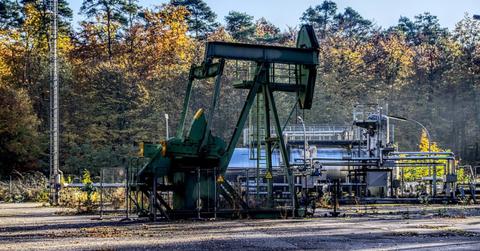Oil: Famous Recession Indicator Might Be a Concern
On January 2, US crude oil active futures settled at $46.54 per barrel—2.5% higher than the last closing level due to short covering.
Nov. 20 2020, Updated 12:36 p.m. ET

Rebound in oil prices
On January 2, US crude oil active futures settled at $46.54 per barrel—2.5% higher than the last closing level due to short covering. On the same day, the S&P 500 Index (SPY), the Dow Jones Industrial Average Index (DIA), and the S&P Mid-Cap 400 (IVOO) returned 0.1%, 0.1%, and -0.3%, respectively. The rise in oil prices might be important for these equity indexes.
Bond market signals trouble for oil prices
However, concerns about a global economic slowdown could linger around oil prices. On January 2, the US 10-Year Treasury Constant Maturity Minus 3-Month Treasury Constant Maturity yield spread was at ~17 basis points—the lowest level since August 14, 2007. Investors’ demand for a longer-dated security compared to a shorter-dated security might be one of the reasons behind the contraction in the spread.
In the last three decades, when the yield spread turned negative, a recession started the next year. Another contraction in the yield spread might increase the concerns about oil’s demand. Oil is a growth-driven asset, which is another problem for oil prices.
On the supply side, the OPEC and non-OPEC production cut deal, which might cap oil production at 1.2 MMbpd (million barrels per day) from the October level starting this year, might benefit oil prices. The US crude oil production growth rate might slow down in the second quarter.
